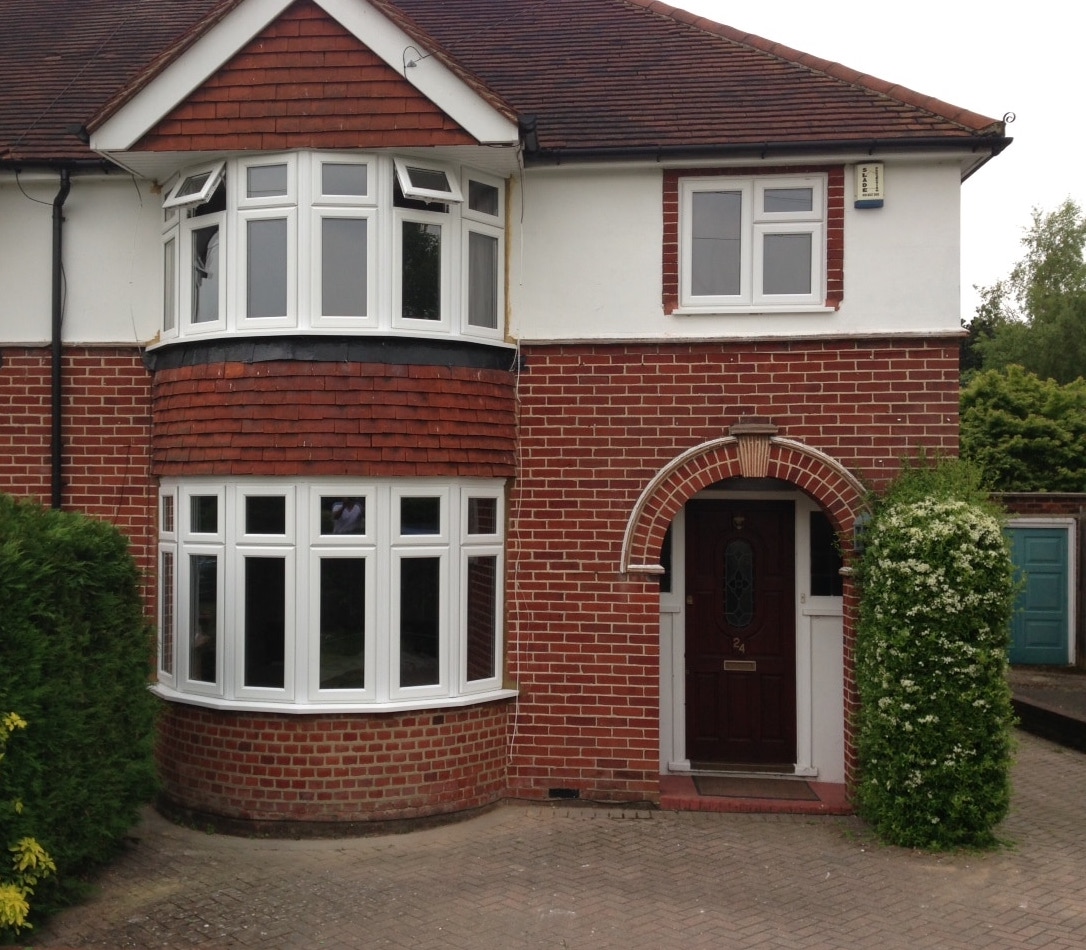A Comprehensive Guide to Bay Window Installation
Bay windows are an excellent addition to any home, providing a lovely architectural function that enhances the visual of both the exterior and interior. They likewise provide the benefit of increased natural light, additional space, and enhanced views. Nevertheless, the installation of bay windows requires careful planning and execution. This post will guide house owners, contractors, and DIY lovers through the process of bay window installation, talking about kinds of bay windows, benefits, materials, tools required, installation steps, and regularly asked concerns.
What is a Bay Window?
A bay window is a set of three or more windows that extend external from the main walls of a home, forming a small specific niche in the interior space. This distinct design produces a vibrant visual impact, making rooms feel bigger and brighter. Bay windows normally consist of a large center window flanked by smaller sized side windows, and they can be installed in numerous shapes, consisting of rectangular, angled, or curved setups.

Advantages of Bay Windows
Bay windows offer several advantages, consisting of:
- Natural Light: Enhanced sunshine penetration can decrease the need for synthetic lighting.
- Space Expansion: The protrusion provides extra interior space, useful for seating or storage.
- Visual Appeal: Bay windows improve the architectural beauty of a home's exterior.
- Improved Views: Their design enables panoramic views of the surrounding landscape.
- Increased Value: Installing bay windows can increase the resale value of a home.
Types of Bay Windows
When thinking about bay window installation, it's vital to understand the various types available:
- Canted Bay Window: This is the most common type, consisting of a bigger center window with two angled side windows.
- Box Bay Window: This type features a flat front, producing a box-like shape.
- Circle Bay Window: This version has a rounded or curved appearance, adding a distinctive architectural touch.
- Bow Window: Similar to a bay window, but usually includes four or more windows organized in a mild curve.
Products Used in Bay Windows
Bay windows can be built from different materials, each with its advantages:
- Vinyl: Durable, low-maintenance, and energy-efficient; ideal for property owners looking for a cost-effective option.
- Wood: Provides a traditional aesthetic, however requires routine upkeep and sealing versus moisture.
- Fiberglass: Strong and energy-efficient; perfect for environments with extreme temperature levels.
- Aluminum: Lightweight and resistant to deterioration, but it lacks insulation unless thermally broken.
Tools and Materials Required for Bay Window Installation
Before starting the installation, guarantee you have the following tools and products:
Tools:
- Measuring tape
- Level
- Hammer
- Screwdriver (electrical and manual)
- Saw (for framing)
- Pry bar
- Caulking gun
- Security safety glasses and gloves
Materials:
- Bay window unit
- Framing lumber (2x6 or 2x4)
- Insulation material
- Weatherproofing membrane
- Flashing
- Exterior siding (if relevant)
Steps to Install a Bay Window
While it is recommended to employ professionals for installation, experienced DIYers can follow these actions to install a bay window:
Step 1: Measurements and Planning
- Step the existing window opening, in addition to the dimensions of the Bay Window Installation Cost window unit.
- Guarantee local building codes and HOA guidelines are satisfied.
Step 2: Prepare the Opening
- Eliminate the existing window thoroughly utilizing a lever and screwdriver.
- Check the existing framing for any damage, and change where required.
Action 3: Construct the Bay Window Seat
- Develop a support platform below the bay window system utilizing framing lumber.
- Insulate and weatherproof this location to avoid heat loss.
Step 4: Install the Bay Window
- Raise the bay window into location with the assistance of an assistant.
- Utilize a level to make sure the window is even both vertically and horizontally.
- Protect the unit in location using screws.
Step 5: Insulation and Sealing
- Add insulation all around the frame to avoid air leaks.
- Apply weatherproofing membrane and flashing to secure versus wetness.
Step 6: Finish the Inside
- Install trim around the window's interior for looks.
- Paint or stain as preferred.
Step 7: Exterior Touch-ups
- Seal any gaps with caulk or broadening foam.
- Include siding or other products to make the exterior blend with the remainder of the home.
Frequently Asked Questions about Bay Window Installation
Q1: How much does bay window installation cost?
A1: The cost of bay window installation differs commonly depending upon elements such as materials, labor, and size. Typically, property owners can anticipate to pay between ₤ 1,000 and ₤ 5,000 for installation.
Q2: How long does it require to install a bay window?
A2: The installation of a bay window normally requires one to two days, however this can vary based upon the complexity of the project and the experience of the installer.
Q3: Can I install a bay window myself?
A3: While DIY installation is possible for experienced house owners, it is advised to hire experts to ensure correct installation, weatherproofing, and compliance with local building codes.
Q4: Are bay windows energy-efficient?
A4: Yes, when properly set up and insulated, bay windows can enhance energy performance by permitting more natural light, thus reducing the requirement for synthetic lighting during the day.
Q5: What upkeep do bay windows need?
A5: Maintenance depends on the material used. Vinyl and fiberglass need minimal upkeep, while wood needs routine sealing and painting to secure against wetness and pests.
Bay windows can elevate the appeal and performance of a home when set up correctly. By understanding the different types of bay windows, their advantages, and the installation process, homeowners can make informed choices about this beneficial financial investment. Whether selecting a professional or taking on the project as a DIY, the result is sure to include character and charm to any home.
